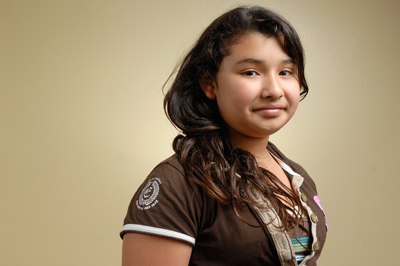 About a year ago, I photographed competing immigration rallies in San Rafael. On one side of the street were advocates for the local Latino community; on the other were members and supporters of the Minutemen, a conservative anti-immigrant organization. Both groups were a rarity in Marin County, an affluent, mostly white, heavily liberal enclave just north of San Francisco.
About a year ago, I photographed competing immigration rallies in San Rafael. On one side of the street were advocates for the local Latino community; on the other were members and supporters of the Minutemen, a conservative anti-immigrant organization. Both groups were a rarity in Marin County, an affluent, mostly white, heavily liberal enclave just north of San Francisco.
A few weeks earlier, federal immigration agents had raided homes and businesses in the city’s Canal neighborhood, a tightly packed area of run-down apartment buildings and small homes that is home to 12,000 people, 86 percent of them immigrants from Mexico and Latin America. The agents arrested 65 people, 23 of whom were eventually deported.
The raids were part of the broader immigration debate in the country, a divide that had spawned huge marches across the country. I wanted to put something together for Marin magazine about how the issue played out in suburbs, but was hesitant for a couple of reasons. First, I was jammed with doing the book. Second, after 20 years of traditioal journalism I didn’t want to write an on-the-one-hand-but-on-the-other type story where the emotion got buried under a slag heap of official statements from either side.
After I finished the book this spring, I began talking with Tom Wilson, head of the Canal Alliance, the Canal neighborhood’s primary social service group, about different story ideas. He pointed me to an after-school program that tutors neighborhood children, teaches them other academic skills and exposes them to a world of possibilities outside the Canal. The program guarantees that if a child sticks with it, he or she will graduate from high school and enter a community college.
I told Tom I’d like to photograph the kids in the middle-school program and ask them a few questions about their dreams. Then I pitched the idea to the magazine, adding that I’d write an introductory essay — not a story — about the immigration issue. To my surprise, they loved the idea.
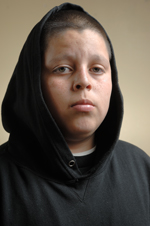 I made the photographs over three afternoons in a classroom. I wanted the pictures to be simple portraits, so I posed the children in the middle of the room and lit them with one umbrella and a big reflector, using the far wall for a backdrop. I spoke with each for about five minutes first, talking about their dreams, their families and their countries of origin. Most of the interviews were in English, a few were in Spanish.
I made the photographs over three afternoons in a classroom. I wanted the pictures to be simple portraits, so I posed the children in the middle of the room and lit them with one umbrella and a big reflector, using the far wall for a backdrop. I spoke with each for about five minutes first, talking about their dreams, their families and their countries of origin. Most of the interviews were in English, a few were in Spanish.
Some of the children dreamed big — to be doctors or lawyers. Others wished for little more than a visit home to their family in Mexico. Some rushed forward to be photographed. Others I had to persuade through cajoling.
If you look at the photographs, you will see the faces of children, but also, in many of them, the eyes of adults who have seen more of the world, a rough world, than any 12- or 13-year-old should.
If you read the essay (below), you will learn how I feel about this children, which is that regardless of how any of us feels about immigration the children of immigrants should not pay the price. Who are we to deny them better lives — especially in the United States, a country founded on that very principle?
* Here are the photographs.
* Here is a PDF of the Marin Magazine package, including the essay.
* Or, click the jump for the essay.
Continue reading →
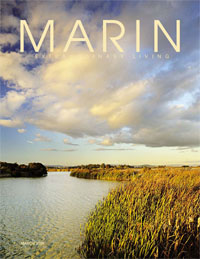 The last couple of months I have been purposefully shooting landscapes with the goal of getting more covers on the magazine. This means I have been going out before first light in the morning or trying to catch the last light of the day, the proverbial golden hour.
The last couple of months I have been purposefully shooting landscapes with the goal of getting more covers on the magazine. This means I have been going out before first light in the morning or trying to catch the last light of the day, the proverbial golden hour.
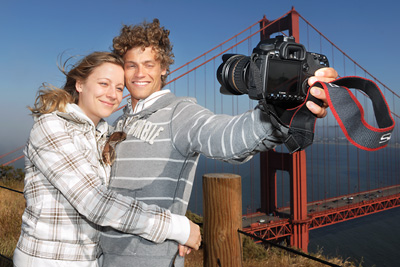
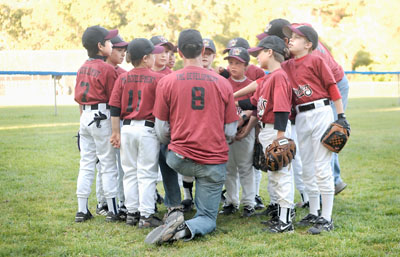 Each month for
Each month for 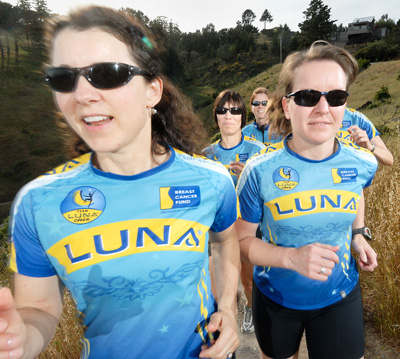 One of my great challenges in photography has been making new techniques work the first time out on the job. I haven’t always been successful at that, so if the job permits (meaning there’s enough time or the art director doesn’t have a specific shot in mind) I usually plan on a back-up shot as well, something I’m sure I can pull off.
One of my great challenges in photography has been making new techniques work the first time out on the job. I haven’t always been successful at that, so if the job permits (meaning there’s enough time or the art director doesn’t have a specific shot in mind) I usually plan on a back-up shot as well, something I’m sure I can pull off.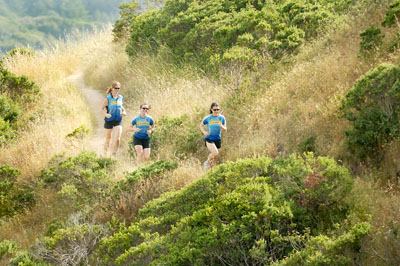


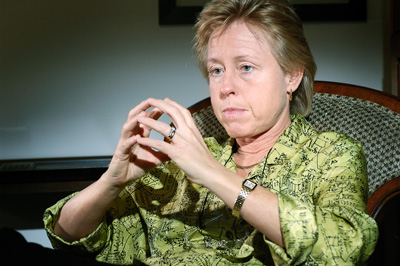 As much as I don’t like politics, I confess that I do like politicians – in person, at least. One on one, pols of various stripes are among the smartest, most engaging people I’ve met while doing journalism. They’re articulate, their words are pointed, and they share the same off-center sense of humor that is found in most newsrooms.
As much as I don’t like politics, I confess that I do like politicians – in person, at least. One on one, pols of various stripes are among the smartest, most engaging people I’ve met while doing journalism. They’re articulate, their words are pointed, and they share the same off-center sense of humor that is found in most newsrooms.